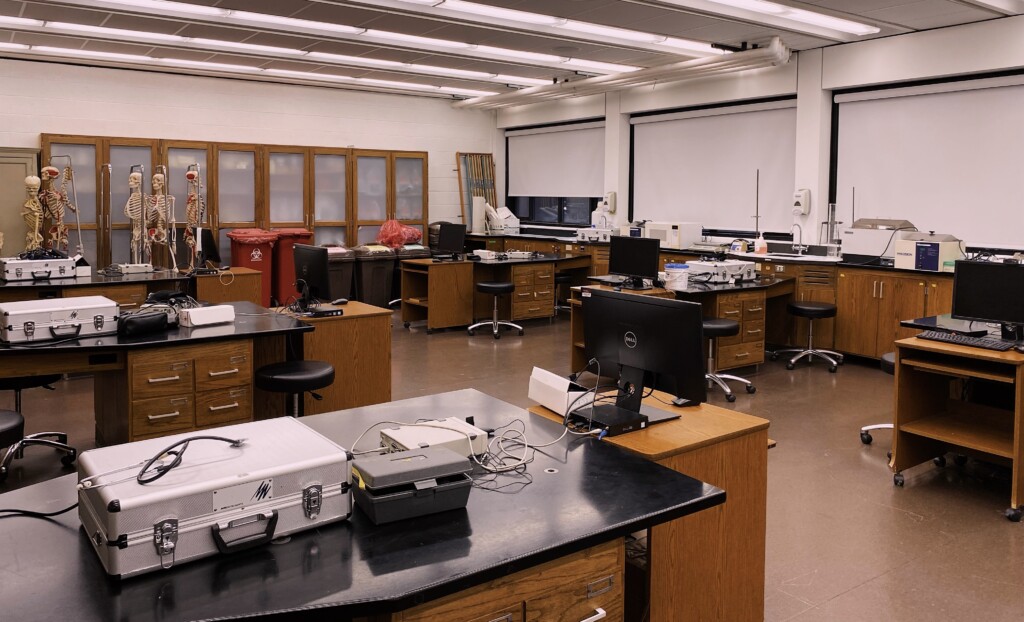What to Know About Scientific Illustration, Pre-Med
As any scientific illustration major can tell you, we’ve got a lot on our plates. Dedicating the time to studios in countless art classes while also making time to study and be in labs is a challenge and can be mentally taxing. While there are a select few students in this niche program, there’s an even smaller group that branches off of scientific illustration — those who major in scientific illustration with a pre-med emphasis.
Majoring in scientific illustration with a pre-med emphasis means that your studies will be focused more on anatomy and the medical field than the biology of plants and animals in scientific illustration. For me, anatomy clicks in my mind better and is more interesting, so majoring with the emphasis was a no-brainer.
Scientific illustration pre-med sets students up to attend graduate school for medical illustration. Arcadia offers this because even though they don’t teach medical illustration specifically, scientific illustration is a competitive field and having more training, especially with a medical focus, can make a big difference. Medical illustration can be used for drawings for textbooks, making graphs and diagrams, surgical illustration, or even anaplastology, which involves creating custom clinical prostheses.
One of the most helpful parts of the pre-med emphasis is the choice between taking Physiology, and Comparative Anatomy & Physiology, and taking Human Anatomy and Human Physiology. With this, I’m able to direct my learning to the human body so that I can have an anatomical focus in my career.
Human Anatomy was the first in-person science course I took at Arcadia during my sophomore spring semester, and it was also one of the most impactful courses for my major. Typically Human Anatomy and Human Physiology are upperclassman courses, at least for Biology majors, so being a sophomore (not to mention an art major) in the class was a little unnerving at first, but I adjusted pretty quickly. The lab for Human Anatomy is hands-on, especially in the muscles unit when we began a lab dissection of a cat and worked on it for the rest of the semester.
In Human Physiology, which I am currently taking as a junior, while the lectures are heavier on material, the labs are much less intensive. Each week we apply the information we have learned to experiments within our lab groups. For example, in the cardiovascular unit, we are testing each others’ blood pressures and heart rates after exercise. In our neuron unit, we tested sensory physiology with various experiments regarding sight, taste and smell, and thermal perception.
Down the road, I hope to use many different methods of medical illustration with a focus on surgical or textbook illustration. Combining two interests into a career path that will challenge me and keep me on my toes is one of my favorite things about my major, and getting to study at a university that sets me up to go even further makes it all the better.




